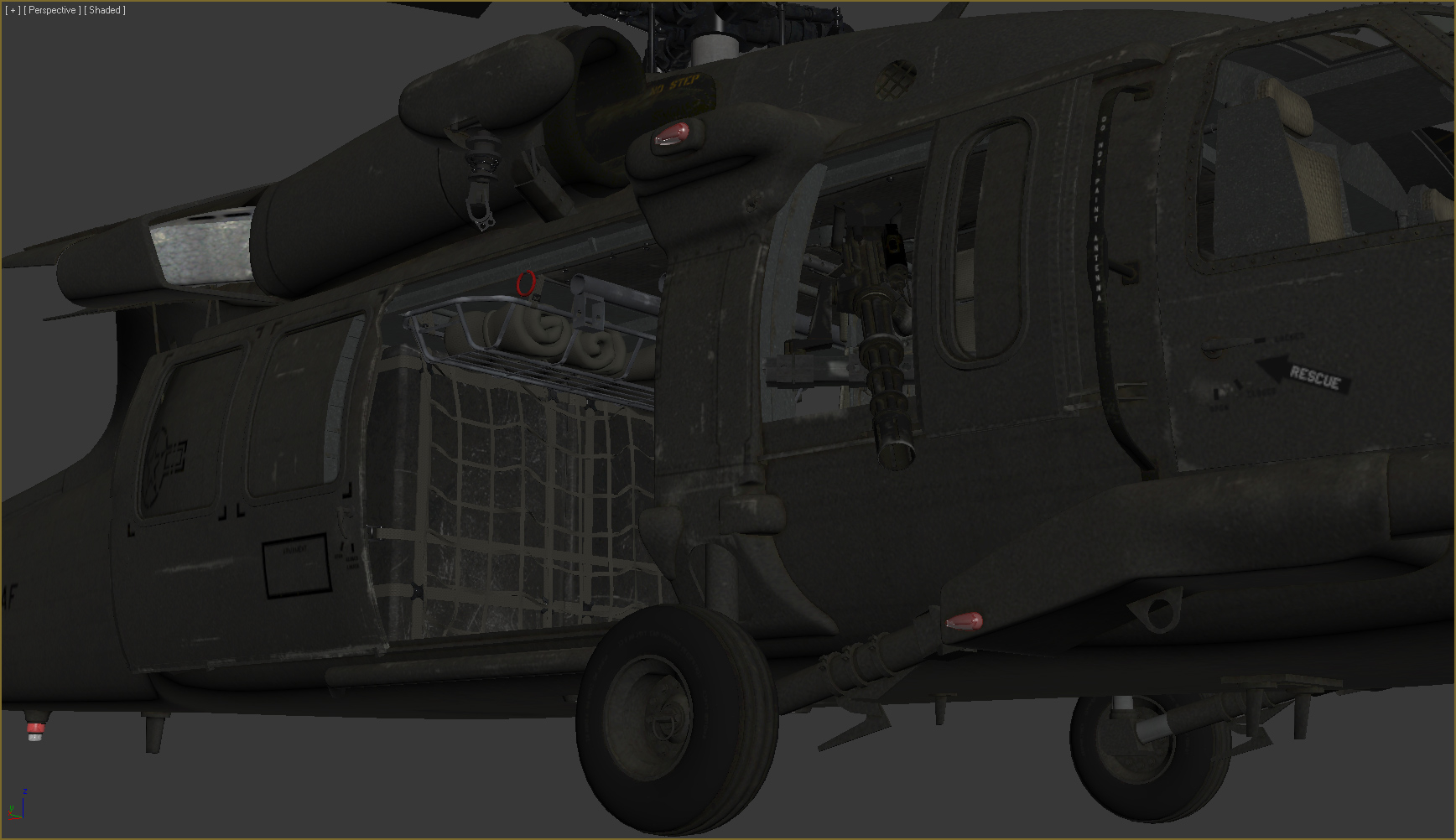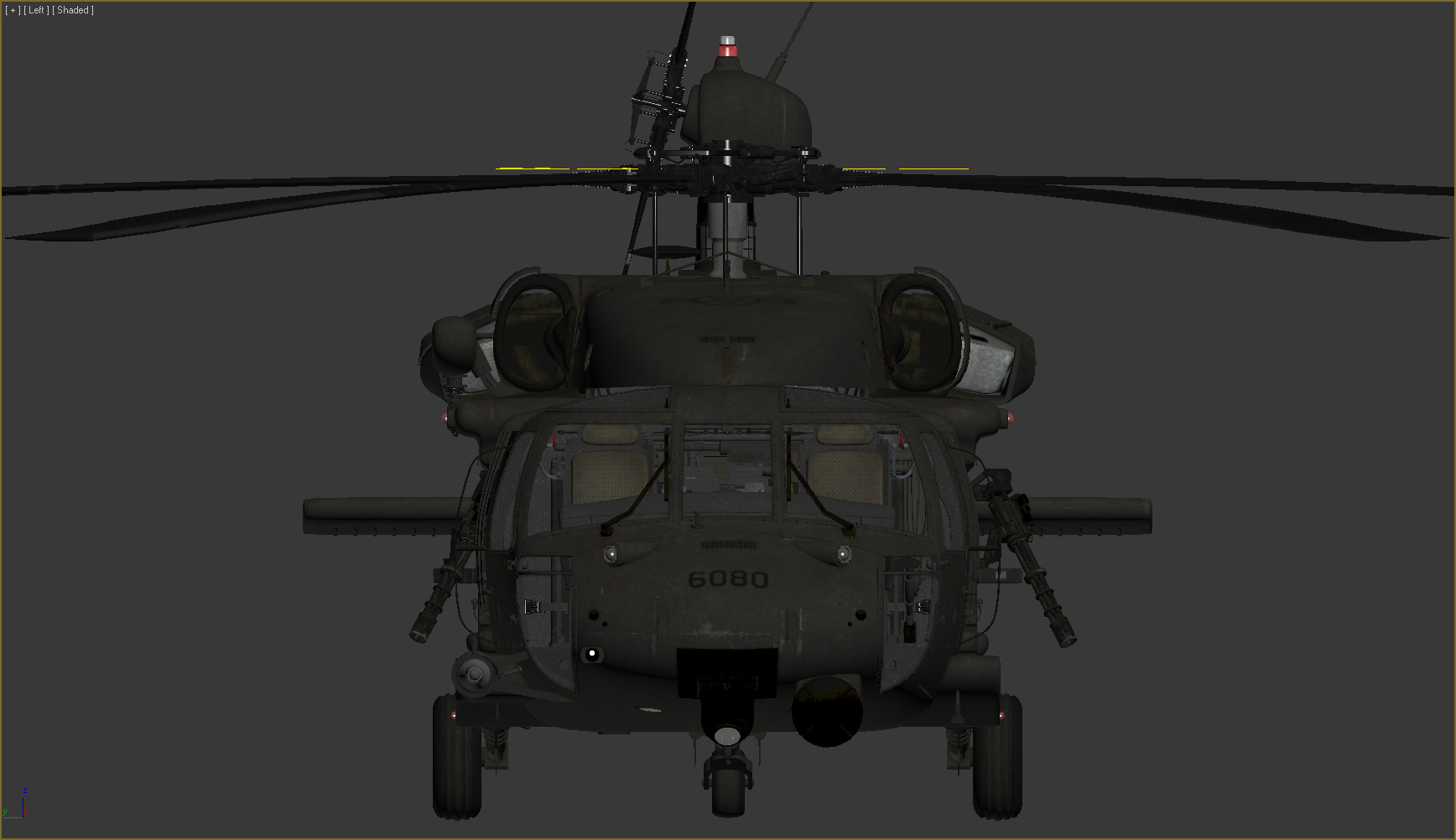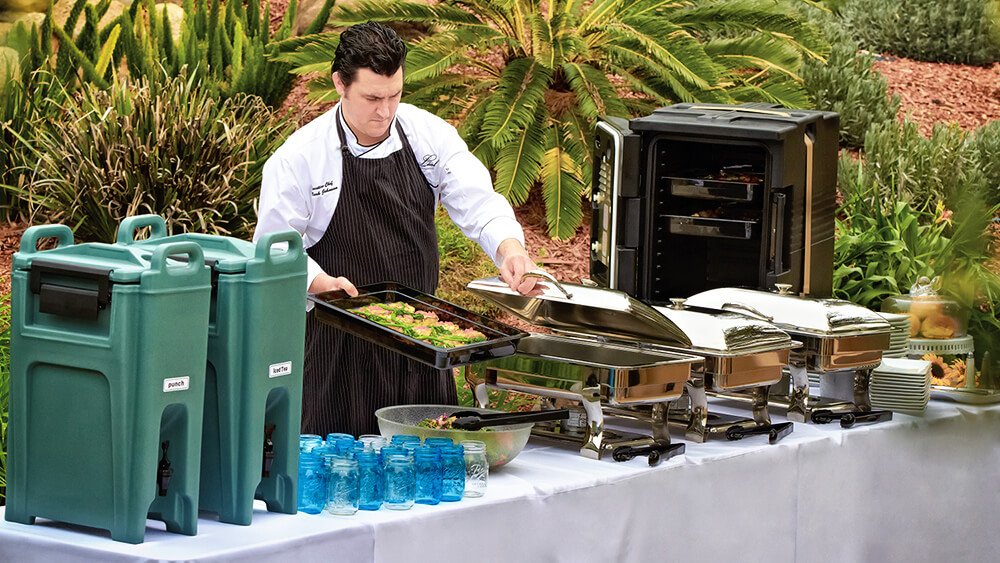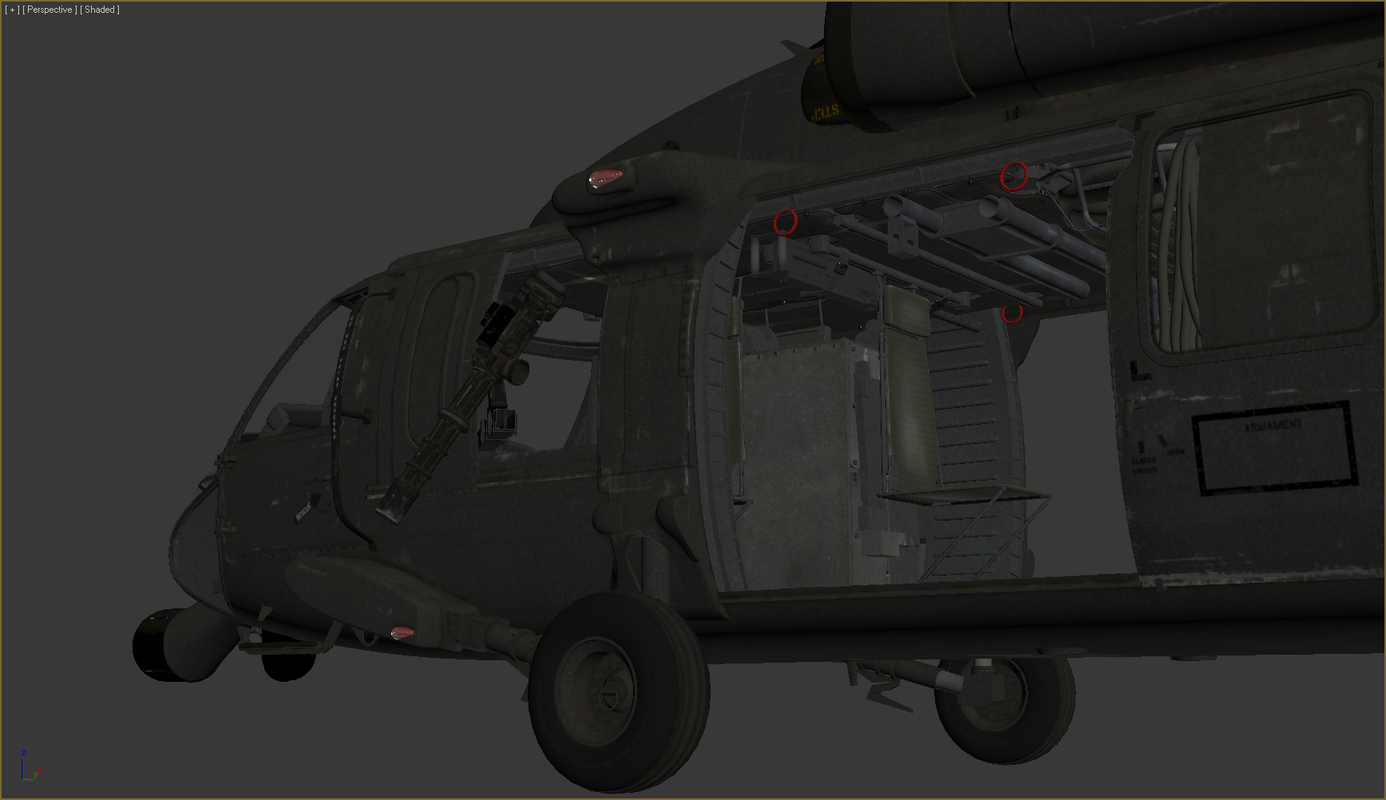43 when transporting food items off site
When Transporting Food Items Off Site / Transporting Food Items In The ... Temperature control · in good condition and kept clean at all times · used only for food · kept away from other items such as chemicals, pet food, fuel and paint . So, when the food is getting transported, the label must also include the driving and delivery instructions along with the name of the food, . How food businesses must dispose of food and former foodstuffs move the materials in their containers for separate storage in a bulker or transport unit. keep each container 1.2 metres apart and only fill them from the front. separate the containers and area ...
Receiving, Transportation and Storage - Ontario For example, store items off the floor and approximately 45 cm (18 in.) away from the walls. Non-food Chemicals. Receiving. Apply the same requirements you apply when you are receiving packaged ingredients. ... it is suitable for transporting food (it should be well built, maintained in good condition, easy to clean and enclosed to protect the ...

When transporting food items off site
The Essential Catering Supplies Checklist for 2022 Transport Supplies. You need catering transport supplies to get your prepared meals off-site without losing temperature. This is why insulated food pan carriers are a caterer's best friend. They can be loaded with food pans of various sizes and used to keep food hot or cold. Use outdoor coolers to haul drinks and ice. PPTX Providing Safe Food - ServSafe When delivering food off-site: Make sure the service site has the correct utilities. Safe water for cooking, dishwashing, and handwashing. Garbage containers stored away from food-prep, storage, and serving areas. Store raw meat, poultry, and seafood, and ready-to-eat items separately. 7-11. Off-Site Service PDF Food Transportation Safety: Characterizing Risks and Controls by Use of ... 212 FOOD PROTECTION TRENDS | APRIL 2010 Food Transportation Safety: Characterizing Risks and Controls by Use of Expert Opinion NYSSA ACKERLEY,1* AYLIN SERTKAYA1 and RACHEL LANGE2 1Eastern Research Group, Inc., 110 Hartwell Ave., Lexington, MA 02421, USA; 2Food and Drug Administration, Center for Food Safety and Applied Nutrition, 5100 Paint Branch Parkway, College Park, MD 20740, USA
When transporting food items off site. Leftovers and Food Safety | Food Safety and Inspection Service Keep Food out of the Danger Zone Bacteria grow rapidly between the temperatures of 40° F and 140° F. After food is safely cooked, hot food must be kept hot at 140° F or warmer to prevent bacterial growth. Within 2 hours of cooking food or after it is removed from an appliance keeping it warm, leftovers must be refrigerated. Packaging, Labeling, Transporting, Storing — Food Law 21 CFR 130.14 (b) regulates the labeling of food product of "substandard quality" and "substandard fill." . A second consideration with respect to packaging is whether the container may cause the food to be adulterated. Packaging materials are considered an "indirect food additive;" see 21 CFR parts 174-178 . When transporting food items off-site, the label should include the ... 02/25/2019 Health Middle School answered When transporting food items off-site, the label should include the name of the food, use-by date and time, and 1. Time and temperature log 2. Driving and delivery instructions. 3. Invoice and receipt 4. Reheating and service instructions Advertisement Answer 1.3 /5 3 annyksl Answer: 2. ServSafe Chapter 7 Flashcards - Quizlet An operation is located in a jurisdiction that allows it to hold TCS food without temperature control. How many hours can it display hot TCS food without temperature control before the food must be sold, served, or thrown out? 4 hours Bulk unpackaged foods in self-service areas must be labeled when The manufacturer claims the food is healthy.
Food safety for food delivery | Food Standards Agency Food that needs refrigerating must be kept cool while being transported. This may need to be packed in an insulated box with a coolant gel or in a cool bag. Equally, food that needs to be kept hot... Handling Food Safely While Eating Outdoors | FDA Keep cold food cold. Place cold food in a cooler with ice or frozen gel packs. Cold food should be stored at 40 °F or below to prevent bacterial growth. Meat, poultry, and seafood may be packed... Commercial Storage and Transport | Restaurant Food Storage If you need help or guidance selecting a commercial food storage container, you can call us at 1-855-838-1010 and get in touch with ResturantSupply.com's customer service team member. They would love to help you out and make sure that you get the perfect food storage container for your needs. ServSafe Practice #3 Flashcards - Quizlet When transporting food off-site, how should information such as a use-by date and time be communicated to the off-site staff? A. Telephone B. Text or email message C. Labels on food D. Verbal instructions A. Obtain a variance What must an operation do before packaging fresh juice on-site for later sale? A. Obtain a variance B. Freeze the juice
What Can I Bring? Food | Transportation Security Administration Bread. Carry On Bags: Yes. Checked Bags: Yes. Solid food items (not liquids or gels) can be transported in either your carry-on or checked bags. Liquid or gel food items larger than 3.4 oz are not allowed in carry-on bags and should be placed in your checked bags if possible. When Transporting Food Items Off Site / How to Trinkets Perfect ... So, when the food is getting transported, the label must also include the driving and delivery instructions along with the name of the food, . Or less) should be in charge of more perishable items such as meat, poultry, fish, . Or any number of external circumstances, that's the kind of approach that pays off. Food Safety: Grocery Shopping - UF/IFAS Extension: Solutions for Your Life Place heavy items on the bottom of the cart and soft foods, such as bread, on the top. Wrap raw meats, poultry, and seafood in plastic bags and separate them from other items (such as fruits and vegetables) to avoid cross-contamination in the grocery cart, check-out counter, and in grocery bags. Don't buy items with torn or leaking packages. Hazardous Waste Transportation | US EPA Hazardous waste transporters are individuals or entities that move hazardous waste from one site to another by highway, rail, water, or air. Hazardous waste transporters play an integral role in the hazardous waste management system by delivering hazardous waste from its point of generation to ultimate destination. This includes transporting hazardous waste from a generator's site to a ...
Transporting Food Safely and Efficiently Detailed preparation and a little common sense. By Troy Tepp of Sentry Insurance Oct 24, 2018 The Food Safety Modernization Act (FSMA) of 2011 fundamentally changed the landscape for businesses and drivers that transport food products. The FSMA did more than encourage a new approach to food integrity—it required it.
How to transport food safely | BBC Good Food 1. If you're taking a cooked dish, cook it, cool it as quickly as possible and refrigerate it. Transfer it to a cool box with ice packs just before setting off. 2. Think about freezing meat or ready-cooked dishes and transporting them frozen, that way you know they won't get too hot en route.
Food Delivery Safety | CDC After you make sure perishable food was delivered at a safe temperature (40°F or below), store it in the refrigerator or freezer as soon as possible until you are ready to prepare it. Notify the company if food arrives above 40°F. If food arrives above 40°F, don't eat it, or even taste it, to see if it is safe.
Food Security Preventive Measures Guidance for Retailers If a retail food store or food service establishment operator suspects that any of his/her products that are regulated by the FDA have been subject to tampering, "counterfeiting," or other ...
Food Safety | Checklist for Food Deliveries Temperature checks. Always check for temperature compliance - specifically: refrigerated goods should be delivered at 4°C / 40°F or less. frozen goods should be delivered at -18°C / 0°F or below. Ice cream is the exception to the frozen goods rules. Ice cream should be delivered at a temperature between -14°C to -12°C / 7°F to 10°F.
Taking Food Components Off-site - Child and Adult Care Food Program (CA ... If meals are consumed off-site, such as during a field trip, the CACFP agency must first receive approval from the California Department of Education Nutrition Services Division (NSD). Failure to meet this congregate feeding requirement will result in the disallowance of meals and may lead to a determination of serious deficiency in the program.
Transport, Handle, and Store Food Properly Proper temperature control is key for maintaining the safety of perishable foods such as fresh produce, prepared meals, meats and eggs, and dairy. The Danger Zone is the range of temperatures between 40°F and 140°F. This is the temperature range at which harmful bacteria grow most rapidly. Keep Hot Foods Hot Keep Cold Foods Cold
Taking Food Components Offsite in the At-Risk Afterschool Component of ... This means that meals must be consumed on-site in order for the meal to be reimbursable. From time to time, CACFP operators may want to serve meals offsite, such as during a field trip. This is allowable, provided that the CACFP institution provide notice to their state agency prior to the event.
Preventing Cross-Contamination - ServSafe be done when transporting food for off-site service. • If separate storage is not possible, store food in the following top to bottom order: ready-to-eat food; seafood; whole cuts of beef and pork; ground meat and ground fish; whole and ground poultry. • This order is based on the minimum internal cooking temperature of each food.








Post a Comment for "43 when transporting food items off site"